The ABCs of Raising A Thinking Child: A through E
January 7, 2013 in ABCs of Raising A Thinking Child, All Posts, Play
If you could teach your child only one thing, what would it be? What about the top five things? I made a list of Ten Things I Will Teach My Daughter a little while ago, but really what I want for either of the kids is much more simple.
Kindness is a given and easy for me to model, but what I really want to make sure to pass on to my children is teaching them to think.
When I’m not there to tell them what to do, I want them to be able to figure out their options or come to a solution on their own. I want them to be leaders, not followers. And to borrow from Auntie Mame, I don’t want children with “braces on their brains.”
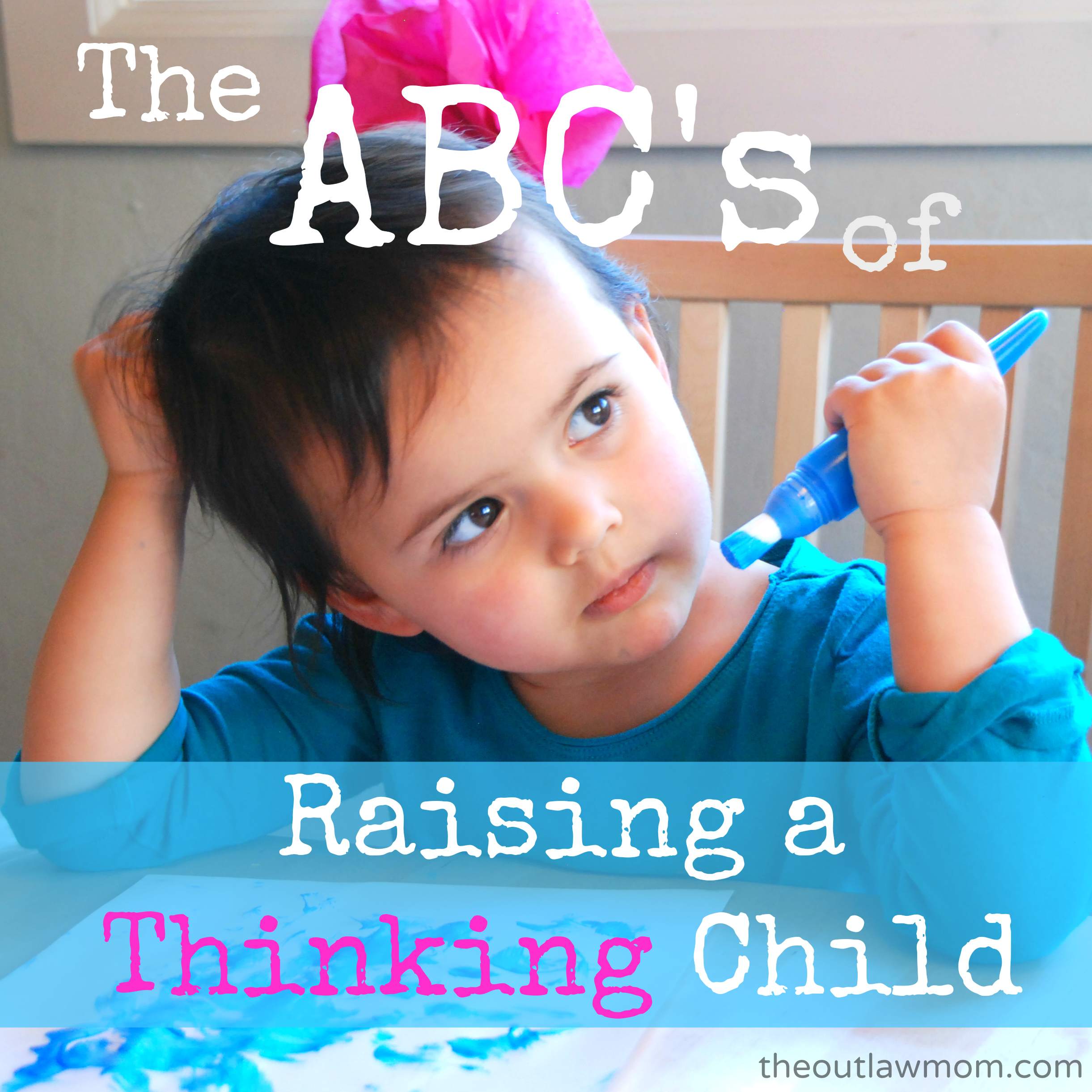
It’s takes a lot more effort on my part to teach “thinking” - much more than showing them how to be a loving or caring person - especially when I want to be really lazy and just give them an answer to their question without making them think for themselves or do something for them because I can get it done much more quickly.
Today, I’m sharing a list of the things - starting from A to E today and 5 more each day this week - that I try to be conscious of in order to Raise A Thinking Child. I’d love for you to share your tips in the comments, too!
The ABCs of Raising A Thinking Child
A is for Ask.
Instead of answering your child’s question with an answer, ask her to think of what a possible answer might be. This practice forces your child to think about possible solutions, hypotheses, or reasons instead of lazily accepting a spoonfed answer. (It also eliminates an endless string of nonsensical “why?” questions).
B is for Brave.
Dare your child to be brave and to march to the beat of her own drummer. Try to find examples in everyday life when you are making a choice based on your own reasons instead of what others are doing. If other families are staying late at the park (past your child’s naptime), explain to your child that even though most other families are still there, you are going home to get some rest because you want to have energy for an evening walk later. By explaining your reasons and the consequences of your choice, your child will understand why you are making her leave earlier than others and that it is okay to be doing something different when there is a reason for the different choice. Let her know it’s okay to color outside the lines, inside the lines, or off the coloring page completely!
C is for Choice.
When your child doesn’t know how to solve a particular problem or an answer or definition of something, give her choices (like clues) and let her work out the solution on her own. This helps her learn how to assign value to and compare pieces of information and engages her critical thinking skills. Choices are also effective in teaching appropriate behavior without scare tactics or a follow-the-leader mentality. For example, if your child wants to go out into the snow in her tank top, let her make that choice and see what the consequences of the choice are. Use this opportunity to explain the factors that go into making a well-thought out choice: like observing the weather to see if a turtleneck would make a more reasonable choice when it’s snowing because it is warmer.
D is for Discover.
The more your child is exposed to different scenes, people, cultures, food, and experiences, the more she’ll be able to understand the world around her and the idea that there are numerous ways of doing things and thinking about things. Even if you can’t travel to far away places, have fun on local outings to ethnic grocery stores and try new foods, visit a temple or church from a faith outside yours, or just take a drive to the next town, the zoo, or a children’s museum. You can take little adventures online (like through the Around the World in 12 Dishes series) or discover new adventures in books borrowed from the library.
E is for Experiment.
It’s never too early to experiment. Not just science experiments, but experimenting with different outcomes in art, math, science, reading, and life lessons. Let your child engage in sensory play as an infant and toddler to give her a direct, hands on experience with discovering the world around her. Let your toddler touch too hot bath water (under your supervision) to learn about hot and cold as well as a life lesson in testing out the water before jumping in. Little ones can even be trusted with glass or china so they become familiar with the weight and handling of objects.
This post is part of a 5-day series from the Kid Blogger Network, a group of fabulous parents who blog about children’s activities, learning, and play ideas.
Every day this week, I’ll be sharing the ABC’s of a different group of topics at the end of my ABC post.
For more Mom Tips & Tricks like these, please check out the ABC posts from these uber-awesome moms in the Mom Tips & Tricks category:
- Being a Hands on Mom from hands on : as we grow
- Connecting with your Kids from One Perfect Day
- Family Field Trips with Kids from Edventures with Kids
- Fun Healthy Snacks for Kids from Juggling with Kids
- Kids Party Ideas from Mama Pea Pod
- Mama Survival from The Dizzy Mom
- Organized Home from Mamas Like Me
- Printables from Mama Miss
- Raising Boys from Boy Mama Teacher Mama
- Raising Eco-Friendly Kids from Kitchen Counter Chronicles
- Raising Girls from Mess for Less
- Raising a Healthy Kid from Living Life Intentionally
- Raising a Thinking Child from The Outlaw Mom
- Raising Toddlers from Home Learning Journey
- Raising a World Citizen from All Done Monkey
- Simply Celebrating Holidays as a Family from Inspired by Family Magazine
- Teaching Kids about Money from Carrots are Orange
- The Family Dinner Table from Connecting Family & Seoul
- Trying A New Experience with Your Children from 52 Brand New
- Values for Children from True Aim Education
Coming up this week
Tuesday - The ABCs of Raising a Thinking Child from F through J, plus The ABCs of School Activities
Wednesday - The ABCs of Raising a Thinking Child from K through O, plus The ABCs of Learning Through Play
Thursday - The ABCs of Raising a Thinking Child from P through T, plus The ABCs of Literacy
Friday - The ABCs of Raising a Thinking Child from U through Z, plus The ABCs of Arts N’ Crafts

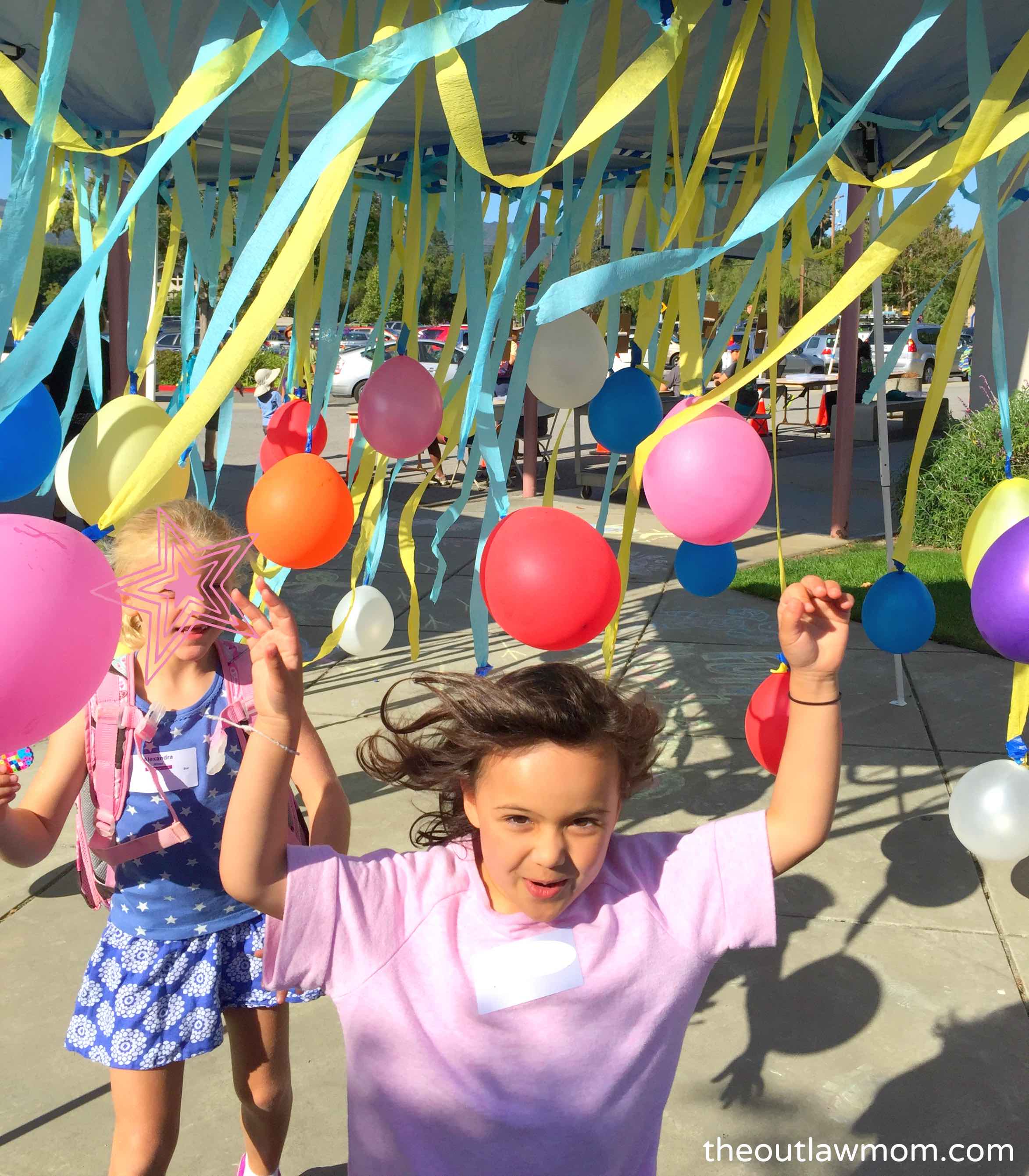

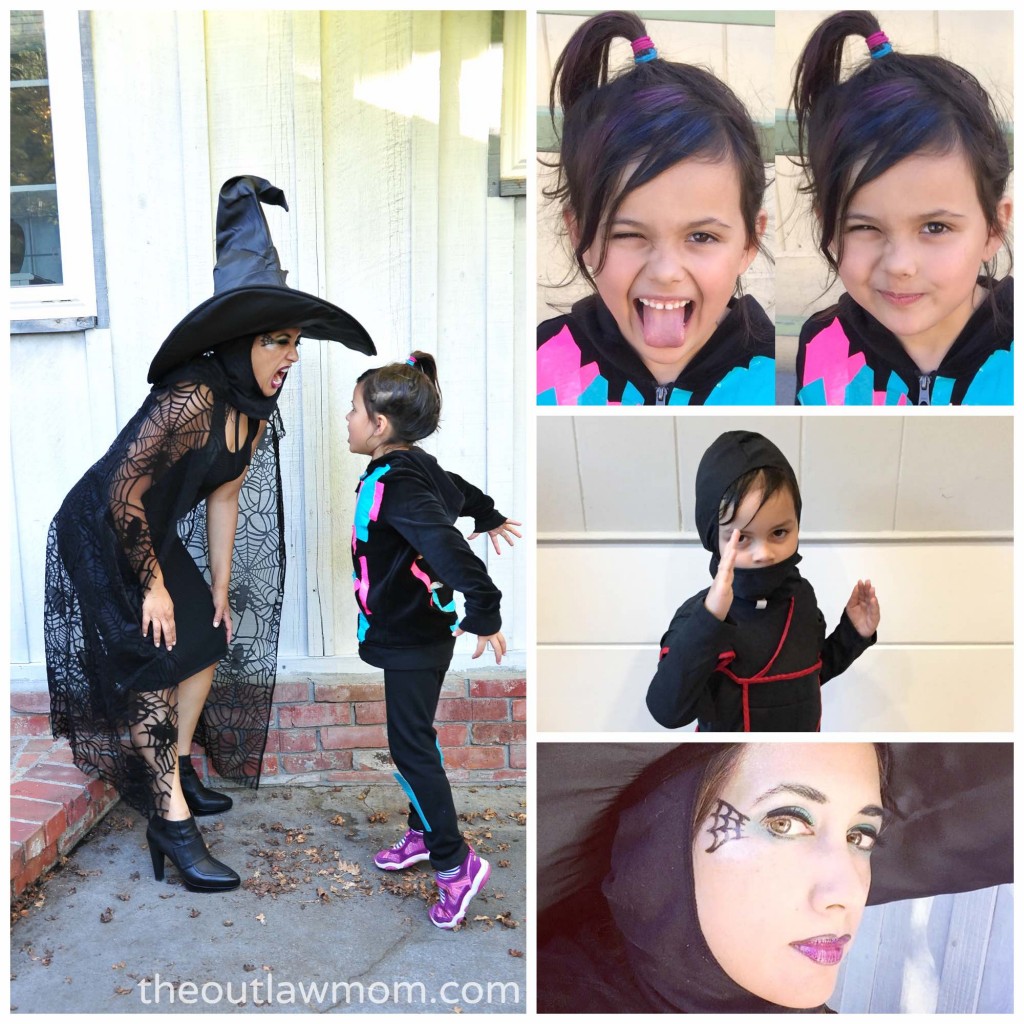
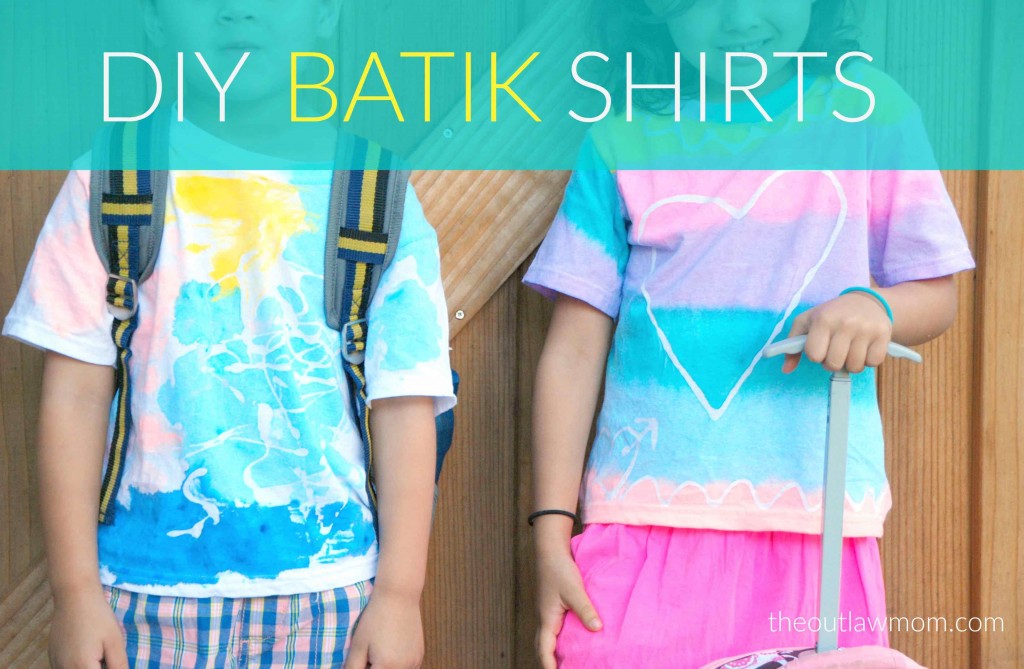
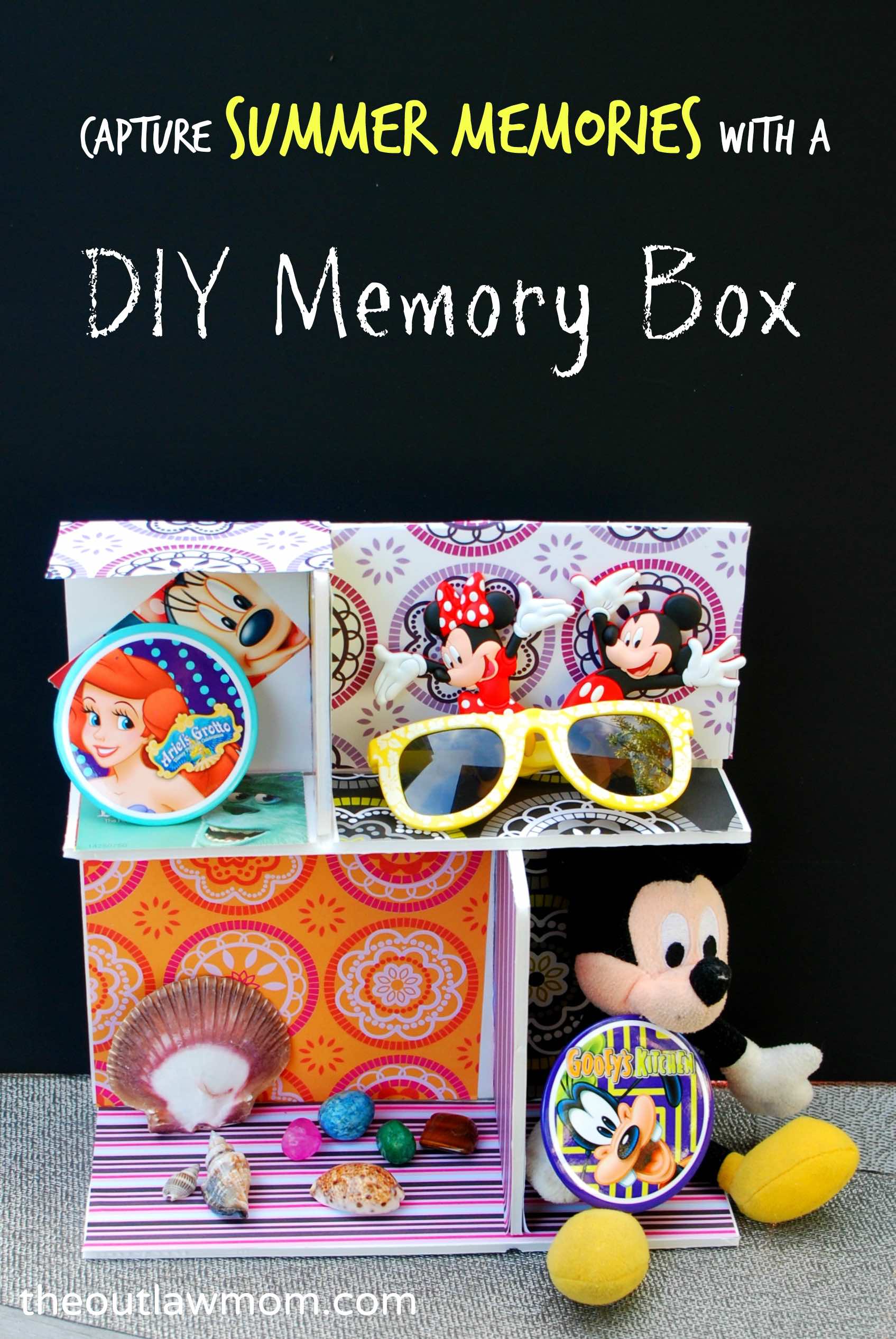
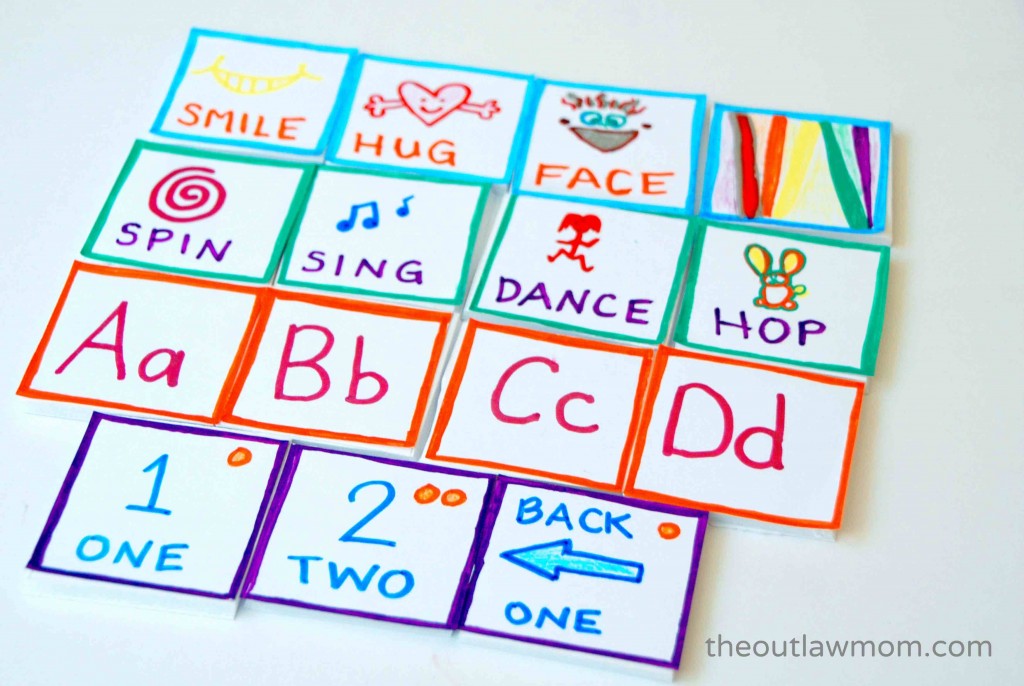
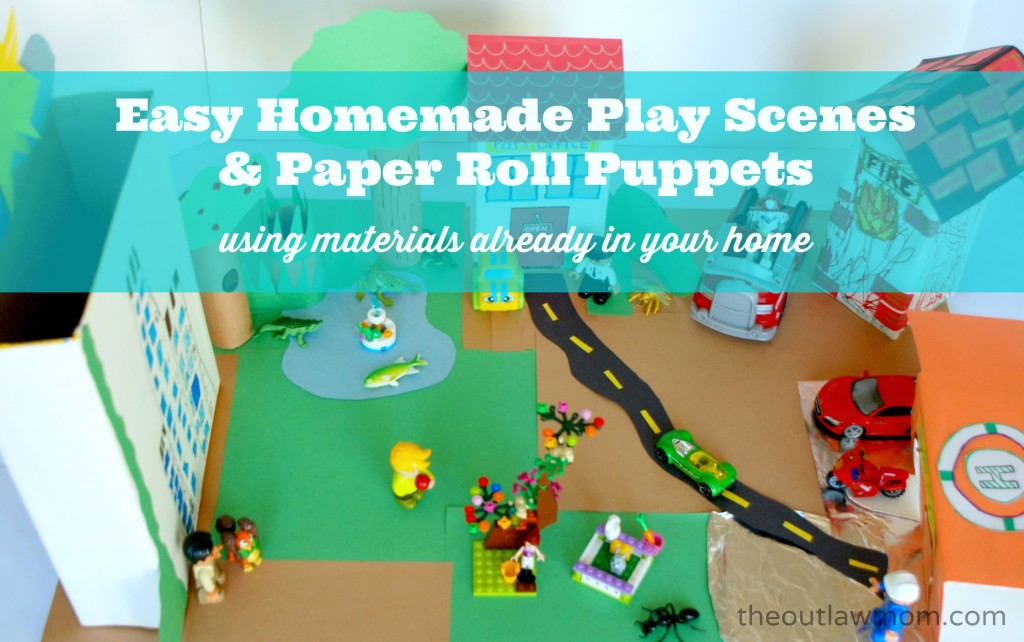
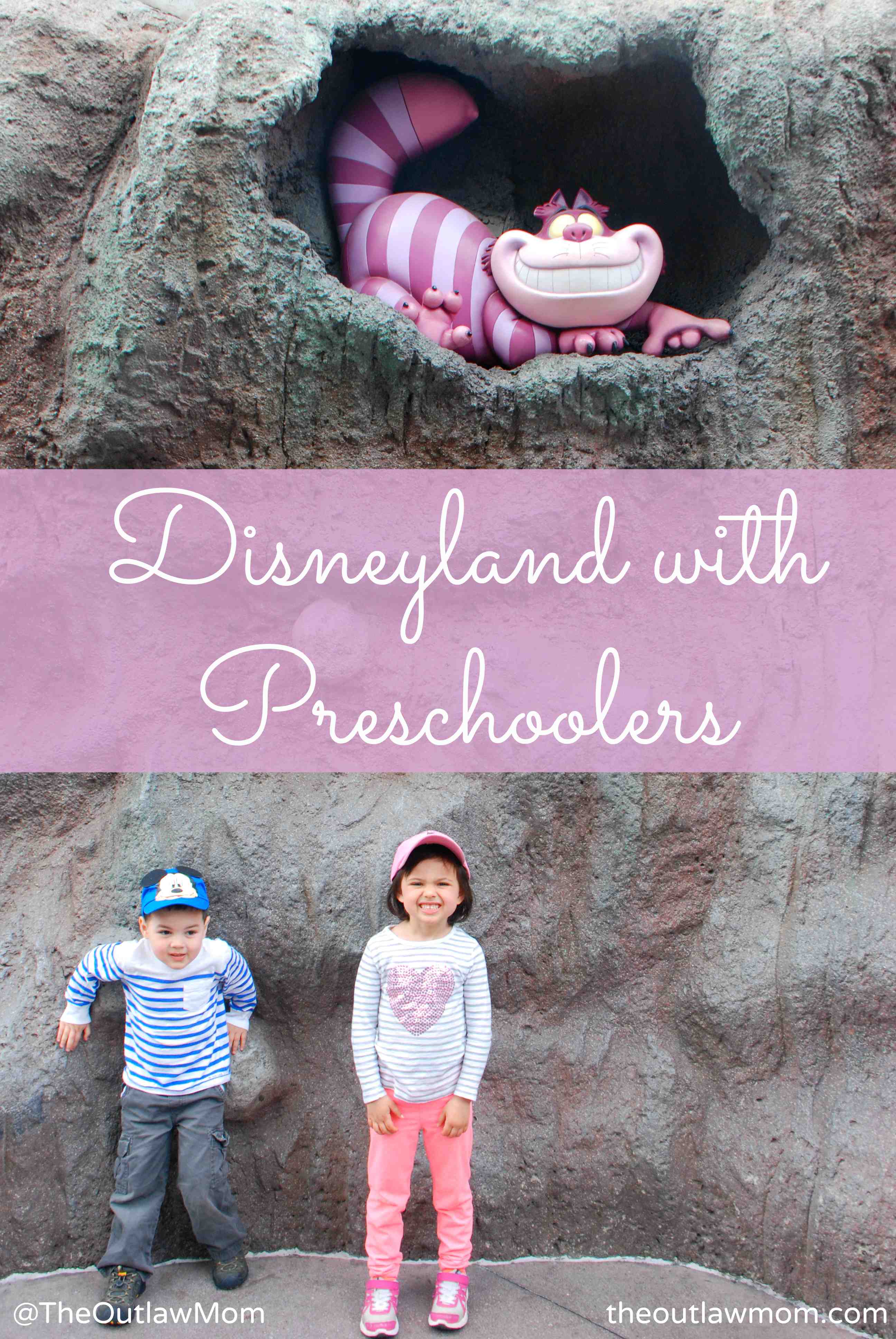
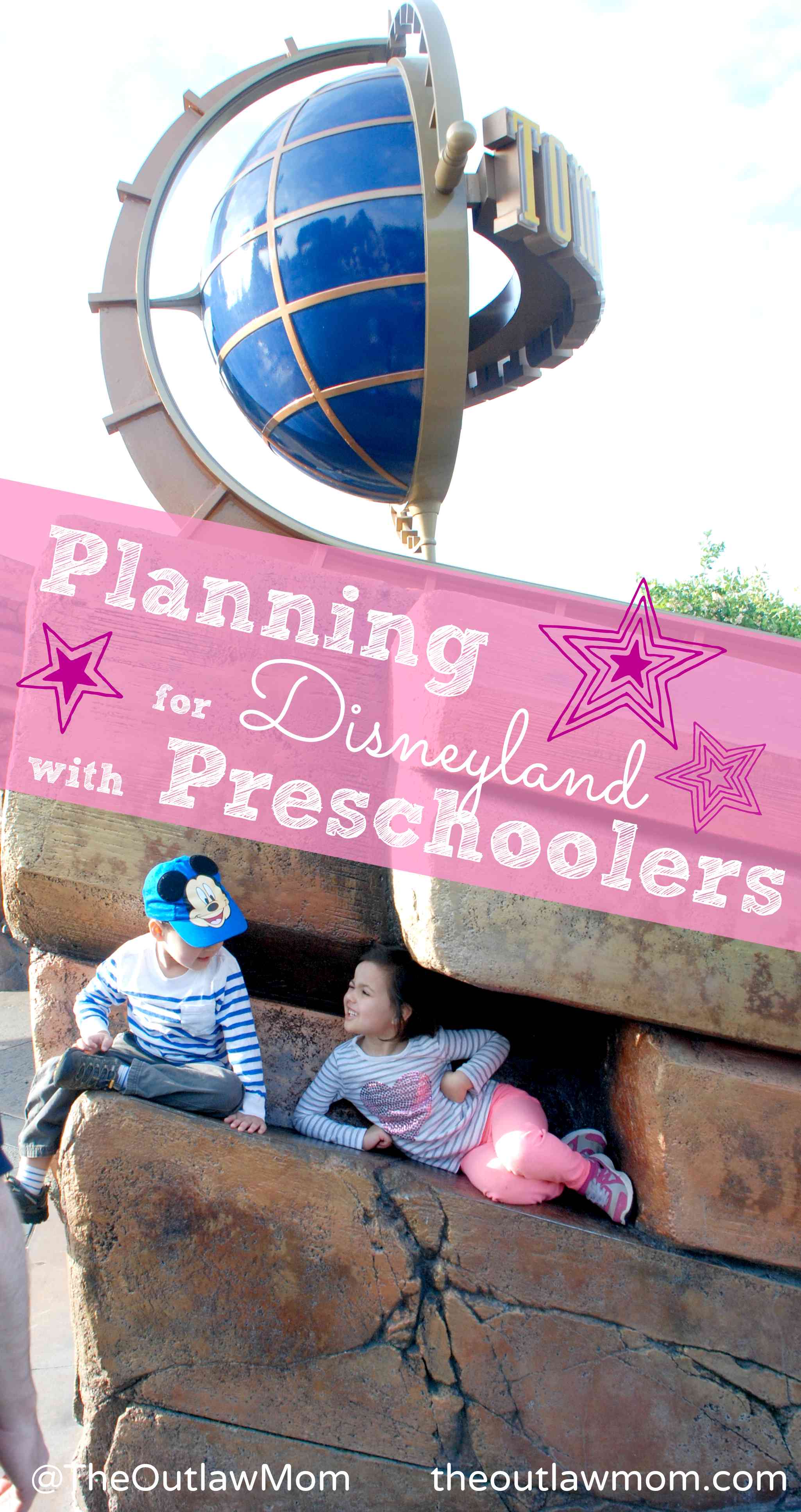
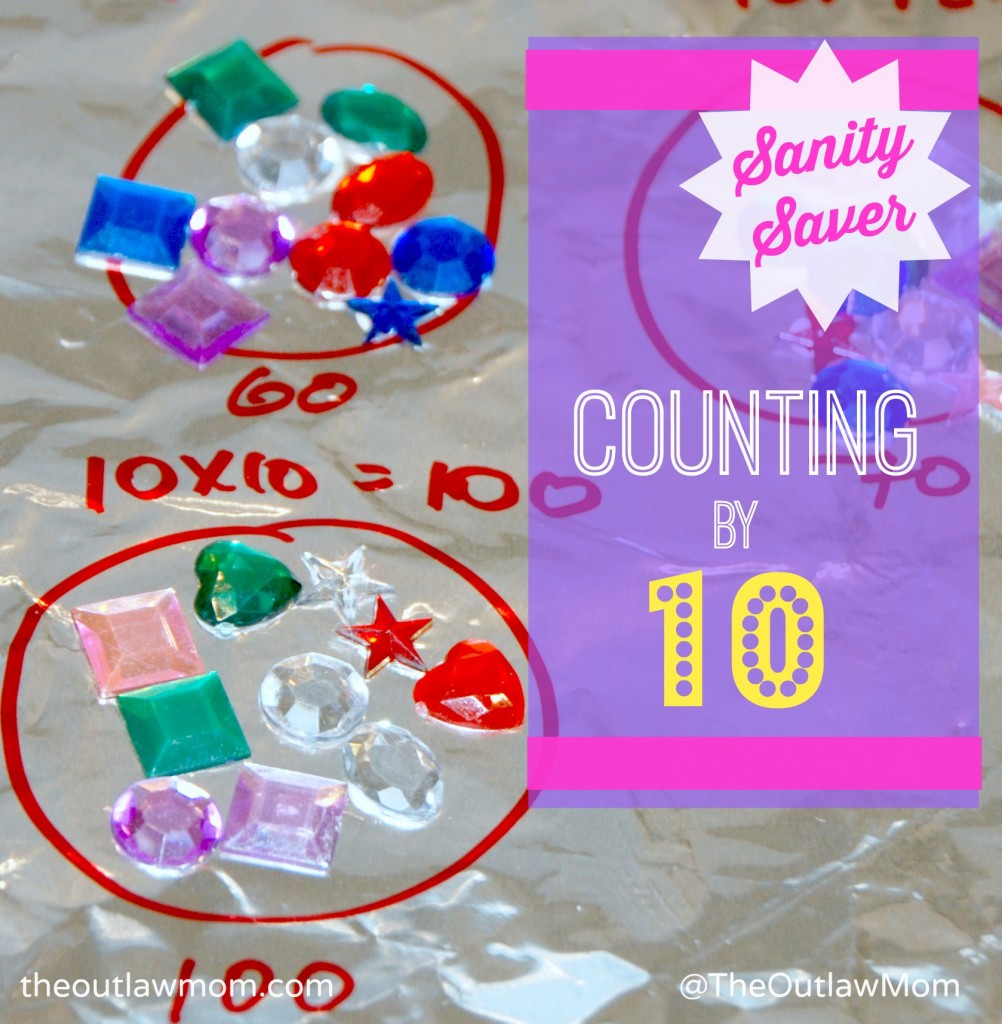










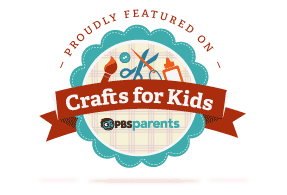













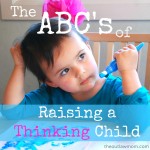
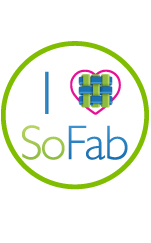










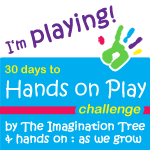
[…] Chronicles Raising Girls from Mess for Less Raising a Healthy Kid from Living Life Intentionally Raising a Thinking Child from The Outlaw Mom Raising Toddlers from Home Learning Journey Raising a World Citizen from All […]
Great post! I’m taking my almost 5-year-old on a mommy/daughter trip to New York, and I never thought about how it will help her become a “thinking child” through discovery. Very timely perspective for me.
How fun! My daughter is 4 and I think just about ready to be a great traveling companion on a long trip like that. I love NY and would love to show it to her! Would love to hear how your trip goes
[…] The ABCs of Raising A Thinking Child: A through E […]
[…] The ABCs of Raising A Thinking Child: A through E […]
[…] The ABCs of Raising A Thinking Child: A through E […]
[…] Raising a Thinking Child from The Outlaw Mom […]
[…] Raising a Thinking Child from The Outlaw Mom […]
[…] Raising a Thinking Child from The Outlaw Mom […]
What a thoughtful list Chrissy. I love “brave”, so true.
Thanks, Jen - I can’t wait to read your post on raising eco-conscious kids!